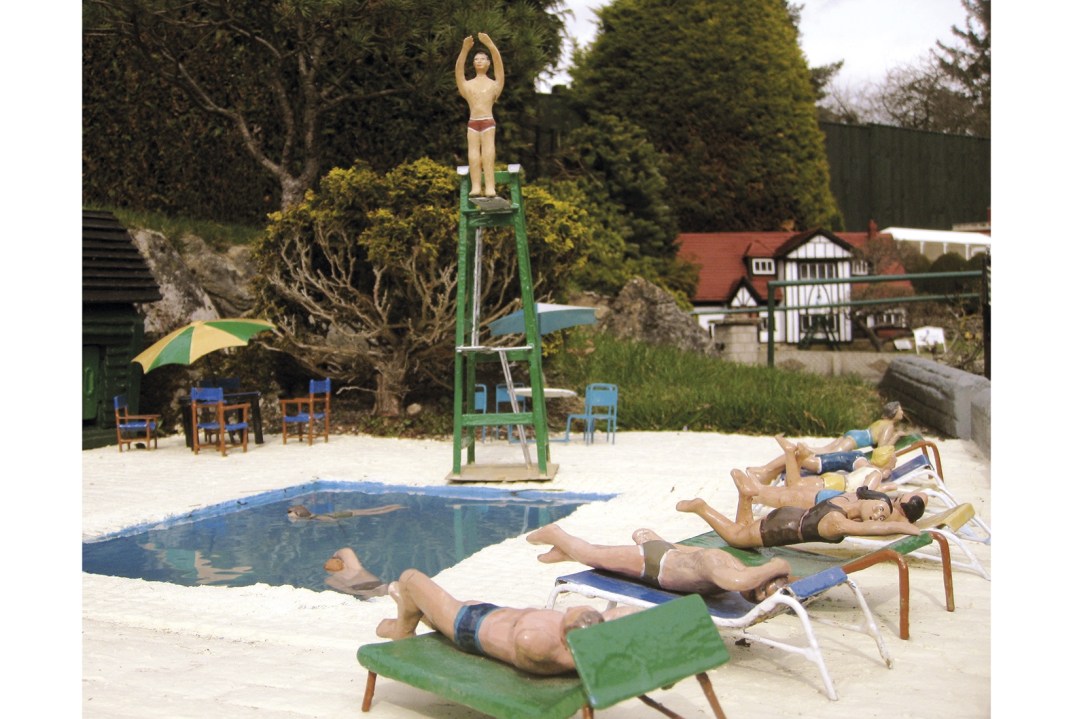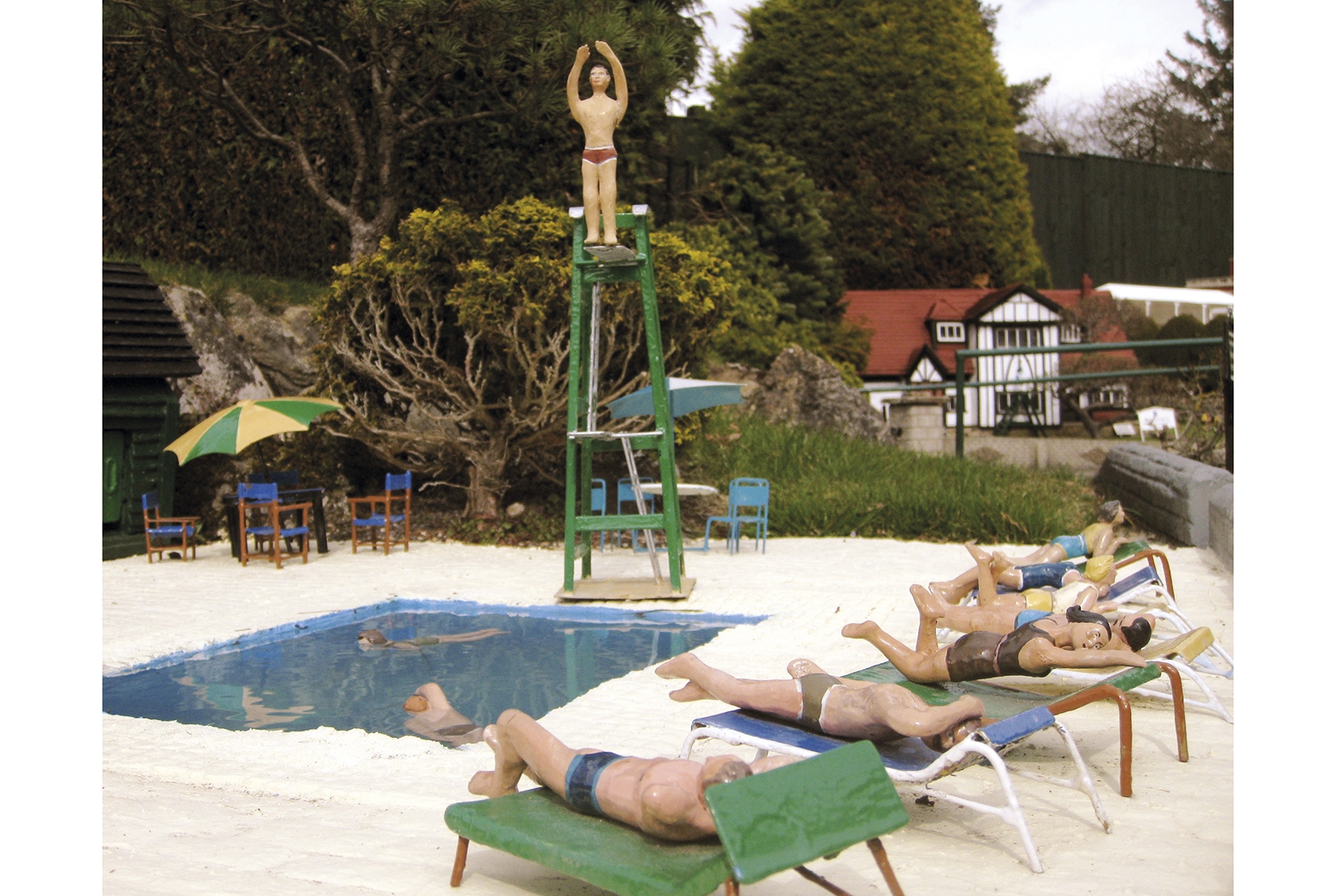When you leave Bekonscot, the world looks different. The semis and grass verges of suburban Beaconsfield seem slightly wrong: too large, too assertive. It takes a minute or two to adjust your perspective — to size yourself up, or bring the surrounding houses down. In that moment, you experience the sensation described by Will Self in Scale, his morphine-addled hymn to Britain’s most celebrated model village: ‘Some people lose their sense of proportion; I’ve lost my sense of scale.’
Well, supply your own lockdown metaphor. As we emerge, muzzy-headed, from extended voyages around our own living rooms, the government’s recent announcement that we are now free to visit ‘amusement arcades, outdoor skating rinks, social clubs and model villages’ sounded like a bizarre bureaucratic afterthought. In fact, Bekonscot’s one-way system of paths was in place long before any notion of social distancing. The whole scaled-down landscape of towns, industries, harbours and hills was designed to be enjoyed from outdoors.
One week after reopening, it was certainly being enjoyed. A small boy almost combusted on the spot as one of Bekonscot’s endlessly circuiting model trains hurtled out of the shrubbery: ‘There’s another!’ Adults were reading aloud the punning names on miniature shopfronts: ‘Sam ’n’ Ella’s Meats’; ‘Argue & Twist: Solicitors’. It’s like rinsing your perception in eyewash. The world suddenly looks bright, surprising and slightly off-centre: no small achievement for what’s still generally seen as a kiddie attraction. Self quotes Claude Lévi-Strauss: ‘Alterations in scale sacrifice the sensible in favour of the intelligible.’
The makers of model villages exhibit a kind of resistance to an unsatisfactory reality
The broadcaster and historian Tim Dunn used to work at Bekonscot; he’s since written a history of Britain’s 30 or so surviving model villages. ‘I used to think people only came to Bekonscot with their kids,’ he says. ‘That’s absolutely not true — you’ll often see groups of adults.








Comments
Join the debate for just £1 a month
Be part of the conversation with other Spectator readers by getting your first three months for £3.
UNLOCK ACCESS Just £1 a monthAlready a subscriber? Log in